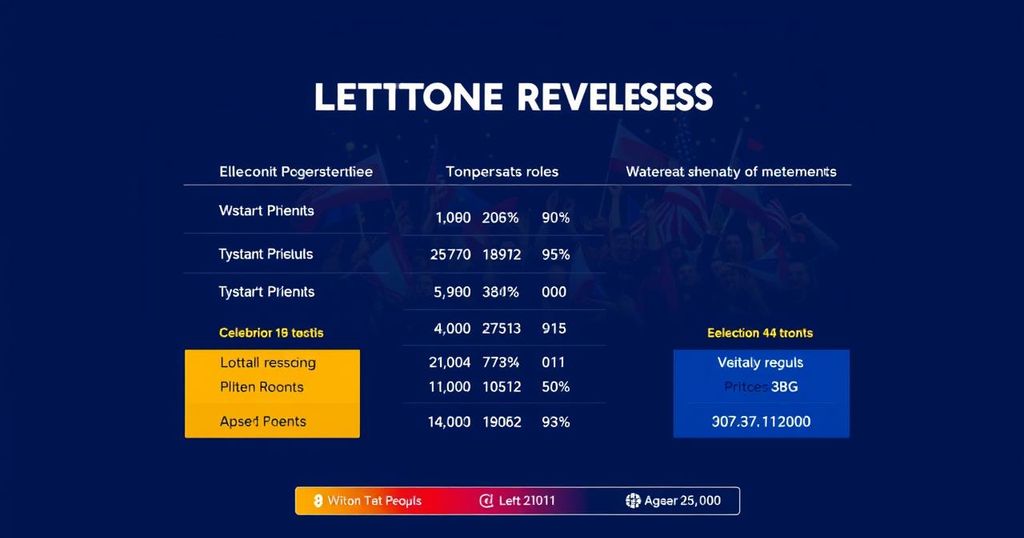Representative Lauren Boebert is favored to win the new Colorado 4th District seat based on predictions from The Economist’s polling model, which indicates a +23 percent vote margin over her Democratic challenger, Trisha Calvarese. Boebert has benefited from Trump’s endorsement and favorable partisan metrics, yet Calvarese has made impressive fundraising gains, holding more cash on hand as of September. As the campaign intensifies, Boebert’s strong polling must be weighed against Calvarese’s financial resources.
Representative Lauren Boebert is presented with promising prospects regarding her campaign for the upcoming election, specifically for the newly established 4th District seat in Colorado. This favorable assessment is derived from The Economist’s polling model, indicating a strong likelihood of her victory. Currently representing Colorado’s 3rd District, Boebert officially announced her candidacy for the soon-to-be-vacant 4th District seat previously held by Ken Buck. This new district is characterized by its significant Republican lean, boasting a Cook Partisan Voting Index rating of R+13, compared to her current district’s R+7 rating. Boebert has garnered the support of former President Donald Trump, who endorsed her with praise, highlighting her as a “trusted America First fighter.” The updated predictions stemming from The Economist’s model, which analyzed various electoral factors through 10,001 simulations, suggest that Boebert could potentially secure a victory with a margin of +23 percent, translating to a probability of “better than 19 in 20” for her election win. Despite these optimistic projections, her Democratic opponent, Trisha Calvarese, has made notable advancements in fundraising, amassing approximately $3.18 million since the onset of the race, with $2.6 million raised in the latest quarter alone. Furthermore, Calvarese currently holds an edge in cash reserves, with over $1.3 million at her disposal, compared to Boebert’s $529,700. It is important to note that Boebert’s financial report reflects data up to June 30, whereas Calvarese’s figures extend through September 30. As the election season intensifies, Boebert actively engages in campaign activities, recently addressing a rally hosted by Trump in Aurora, Colorado, where she rallied support for Trump’s potential return to the presidency in January 2025. At the rally, she referenced her history of objecting to the electoral vote count in 2020, reflecting her continued allegiance to Trump’s agenda despite the absence of substantial evidence supporting claims of widespread voter fraud.
The context of this article revolves around the upcoming election for the newly established 4th District seat in Colorado, a position currently endorsed and pursued by Representative Lauren Boebert. The electoral climate is significantly influenced by the partisan nature of the district, which is deemed highly favorable for Republican candidates. The analysis provided by The Economist’s polling model serves as a noteworthy indicator of electoral sentiment, while the financial dynamics of campaign fundraising and support from prominent political figures play crucial roles in shaping the race.
In conclusion, Representative Lauren Boebert’s prospects for winning the newly established 4th District seat in Colorado appear highly favorable according to The Economist’s polling model, which indicates a substantial lead over her Democratic opponent Trisha Calvarese. Despite positive predictions, Calvarese’s significant fundraising efforts present a competitive factor in the election. As the campaign progresses, the electoral dynamics will play a critical role in determining the outcome of the race for this pivotal congressional seat.
Original Source: www.newsweek.com






